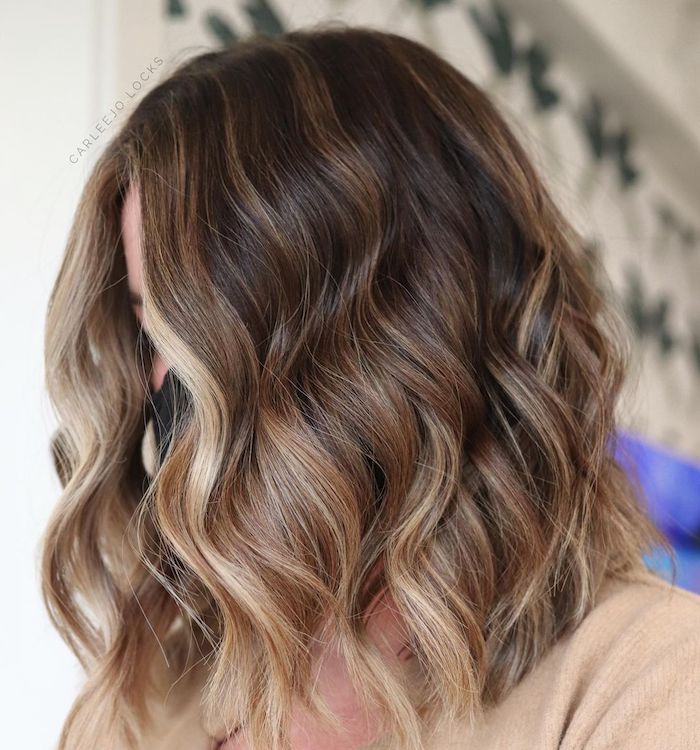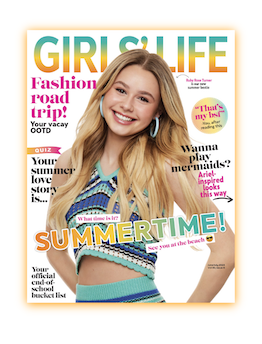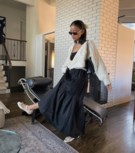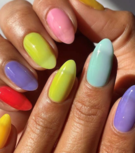STYLE
Beauty
The ultimate guide to hair coloring

So you're looking to lighten your locks, but the 3-page menu of services at the salon is a *tad* overwhelming. Or maybe you're hoping to rock a new, bold-colored 'do, but you're not sure if you should settle for box dye or splurge on professional color.
We get it: Coloring your hair for the first time can be confusing—and tbh, a little scary. We've created a guide to the most popular types of hair coloring, so you can change up your style with confidence.
Highlights
If you want to brighten or add dimension to your strands, highlights are the way to go. To get highlights, your stylist will dye sections of your hair a few shades lighter than your natural hue. Traditional highlights are done with foils to lock in moisture and ensure precision as the dye "lifts" your hair color. Highlights are a great option if you're new to hair coloring, or if the thought of committing to all-over color is sorta daunting.
Balayage
Balayage is just a type of highlighting technique. Instead of using foils, a stylist will hand-paint the lightening agent onto larger sections of your hair, resulting in an ombre look. Because the color isn't applied as close to the roots as traditional highlights, balayage doesn't require as much maintenance over time—you might be able to make it 12-14 weeks before heading back to the salon, as opposed to the 6-8 week timeline of highlights.
Lowlights
Lowlights are, well, the opposite of highlights. They can add depth and contrast to your hair by darkening certain strands. Lowlights can be done on their own for a subtle deepening effect, but they're often combined with highlights to complement your natural hair color and soften the look.
All-over color
If you want a total hair transformation—say, from dark brown to platinum blonde or auburn to crimson red, all-over color (also referred to as single-process color) is the fastest way to get there. Your stylist will apply a permanent or semi-permanent dye to alter your hair shade. This technique offers the most dramatic change of color, but it needs to be touched up often when your roots grow in—approximately every 4-6 weeks.
Box dye
Hair coloring for under $20? Seems too good to be true! That's because it usually is. While box dye is an inexpensive option, it's not for everyone. Because box color is not tailored specifically to your hair type, it can lead to disastrous results. If you're aiming for a slightly darker hair hue, you might be able to get away with it. But if you're looking to go lighter, box color is notorious for turning hair orange and brassy. Best to save your money for a trip to the salon and leave the coloring to the professionals.
What's your go-to hair coloring technique? Snap a pic of your lovely locks and tag us on Insta @girlslifemag!
Slider image: instagram.com/habitsalon | Top image: instagram.com/carleejo.locks | All GIFs via Giphy

 become a contributor
become a contributor













.png)




